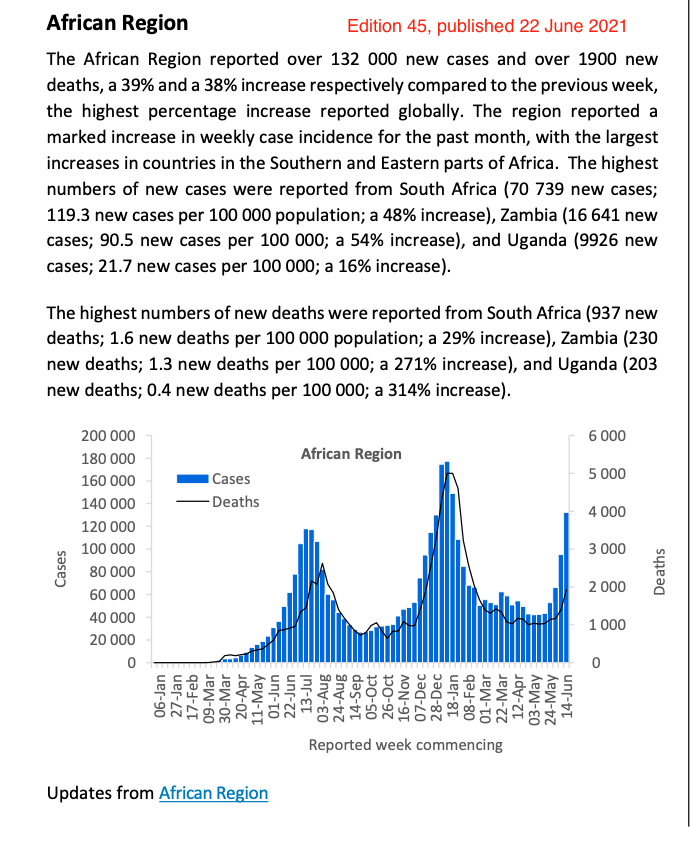In a significant breakthrough for cancer surveillance, researchers have introduced a novel method to monitor circulating tumor DNA (ctDNA) concentrations, which may enhance patient stratification and improve personalized treatment outcomes. The study, published in The Journal of Molecular Diagnostics, presents a dual threshold model that could help rule out or predict impending cancer progression with greater accuracy.
A New Era in Cancer Monitoring
Dr. Geert A. Martens, MD, Ph.D., of the Department of Laboratory Medicine at AZ Delta General Hospital and Ghent University (Belgium), emphasized the importance of refining metastatic cancer surveillance.
“Currently, monitoring metastatic breast cancer relies heavily on medical imaging and non-specific biomarkers such as CA15-3,” Dr. Martens explained. “The concept of ‘liquid biopsy’—tracking tumor-specific mutations in circulating DNA—offers a superior alternative, but its clinical interpretation has been a challenge. We believe we have found a solution.”
The study followed advanced breast cancer patients over two years, conducting frequent ctDNA measurements every five weeks. Using targeted deep sequencing and digital PCR techniques, the researchers confirmed that ctDNA levels provide a more precise indicator of disease progression compared to traditional biomarkers.
The ‘0/10/100 Copy Model’
Dr. Martens and his team developed a simple yet effective dual-threshold classifier for ctDNA levels, which could provide clear insights into disease progression:
- Below 10 mutant copies/mL (0.25% VAF): Progression is unlikely, offering reassurance to patients.
- Above 100 copies/mL (2.5% VAF): There is at least a 90% chance of progression, signaling the need for immediate medical attention.
By using these threshold values, the model correctly classified outcomes in 90% of blood samples, allowing for earlier detection of tumor progression—up to three months sooner than conventional methods.
Implications for Cancer Treatment and Healthcare Systems
The researchers advocate for the widespread adoption of ctDNA monitoring in advanced cancer centers, suggesting that patient-personalized, mutation-specific digital PCR tests should replace conventional protein biomarkers like CA15-3. This transition could lead to:
- More sensitive and specific cancer monitoring
- Reduced dependency on radiology resources
- Fewer hospital visits and reduced patient anxiety
- Improved cost-effectiveness in cancer treatment
Moreover, this study confirms the applicability of the same thresholds for monitoring metastatic non–small-cell lung cancer patients, reinforcing the versatility of the dual-threshold model.
A Path Toward Personalized Cancer Care
Dr. Martens highlighted the potential for this research to revolutionize cancer care. “Unlike traditional survival analyses, our model provides a statistical framework that can be retrospectively applied to any dataset with recorded progression outcomes. We encourage other scientists to explore our methodology further.”
As the medical community moves towards more data-driven, patient-specific treatment plans, the ability to measure ctDNA concentrations accurately could redefine cancer care protocols, allowing for better scheduling of radiology assessments, liquid biopsies, and targeted genomic testing.
Disclaimer
This article is for informational purposes only and does not constitute medical advice. Patients should consult their healthcare providers before making any decisions regarding their treatment plans.












